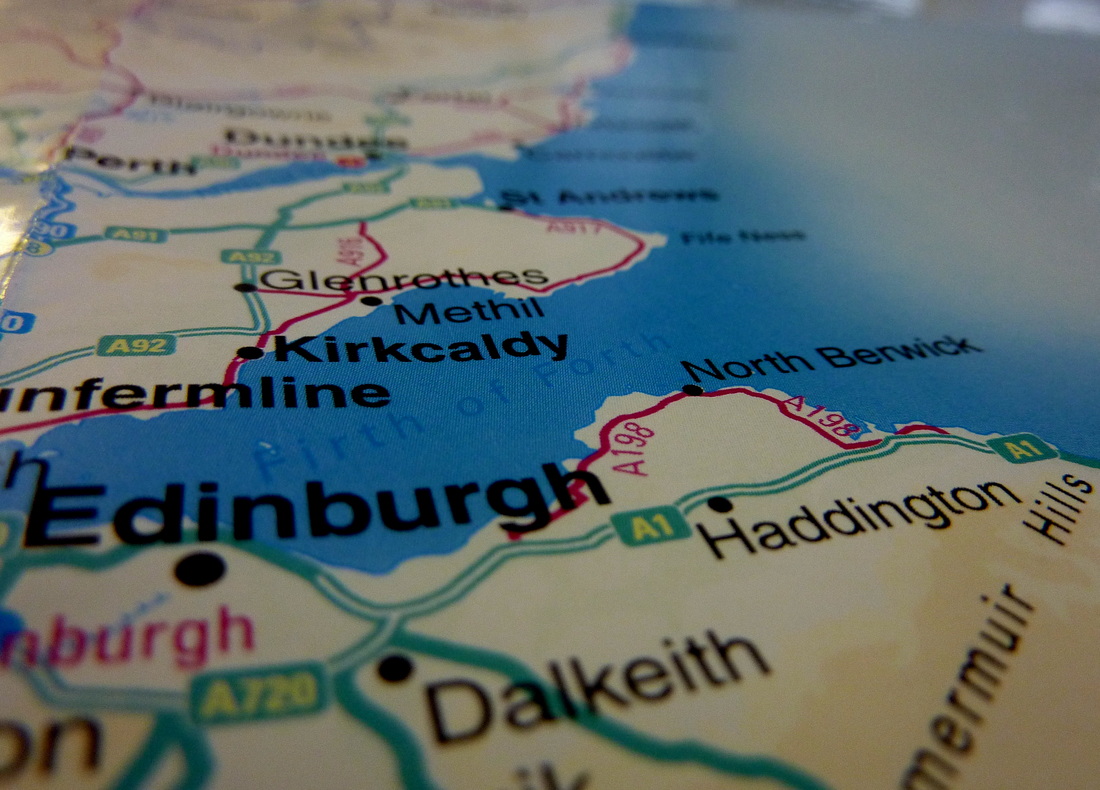Before
visiting Japan one should do a lot of research and read a lot of
information about various topics. When you go to the country, some of
what you read proves itself to be useful and some of it not so useful.
There are other things that you encounter that you have never read about
that you wish you had known before you arrived. There are a lot of
sites out there that give you the basics that you need to know and I
don’t intend to repeat them, instead here are useful local treats tips
that you should know before visiting Japan that aren’t on the usual
lists and also trip plans and travel hacks of the journey of wanderlust
Japan. So plan your amazing trip using trip planner.
Mobile Phone Data
Mobile Phone Data
When
you travel overseas you grab yourself a prepaid SIM card from one of
the local mobile phone companies and you are all set for phone calls and
data for the duration of your trip. In Japan however, prepaid mobile
SIM cards are not widely available. There is one company, B-mobile, who
does offer prepaid SIM cards for foreigners. The one you’ll want if you
go down this route comes with 1GB of data that expires after 14 days.
It’s already activated and you can organise online for it to be
delivered to your hotel for when you arrive in Japan. Note that this SIM
is data only (no phone calls or SMS) and is useless once the 1GB/14
days has expired. It connects you to the NTT Docomo network which has
excellent coverage and is very reliable.
B-mobile does offer some other prepaid SIM cards but these are aimed at the domestic market that have more data and no expiry. To activate one of these you’ll still need access to a Japanese mobile phone and, coupled with the language barrier, this is not really a viable option unless you know someone in Japan who can do this for you.
Maps
B-mobile does offer some other prepaid SIM cards but these are aimed at the domestic market that have more data and no expiry. To activate one of these you’ll still need access to a Japanese mobile phone and, coupled with the language barrier, this is not really a viable option unless you know someone in Japan who can do this for you.
Maps
Most
of the street signs in Japan are in Japanese and although it seems
obvious, this can really make it hard to get your bearings – the street
signs simply don’t mean anything to someone who can’t read Japanese
characters. This is also the case when it comes to maps on your phone
(for example, Google Maps). Why this is not as obvious as it seems is
because when you travel, you can generally type in an English address
and you will get the spot you need in Google Maps regardless. In Japan
however typing in an English address or place name will only sometimes
bring up a useful result – popular attractions, major shops etc. Often
searching for a particular place or an address in Google Maps in Japan
will bring up either an incorrect result or no result at all. If you
really want to find a place, make sure you know the Japanese address as
well, which you can usually figure out doing a regular Google search. What you waiting for plan your trip for Japan with the help of Japan trip planner.
On the topic of maps and street names not being in English, Google Maps combined with GPS on your phone is an even more invaluable tool than usual. When you go get your destination pinpointed on Google Maps finding it is a lot easier. If what you’re looking for is on the street level of a main street then this isn’t as big of a deal but in Japan a lot of places are on side streets, down laneways, in basements, on the nth floor of a building. With street signs being, to a native English speaker, indecipherable, it can be very hard to get your bearings and find a place when in an area that you don’t know.
Acceptance Of Credit Cards
Credit card acceptance is quite low in Japan and it is very much a cash society. On your first time in Japan you will find credit card acceptance to be very similar, perhaps only slightly less than most of the developed nations that you’ve visited around the world. The main difference with credit card acceptance in Japan is that everywhere that accepts credit cards accepts all credit cards with no surcharge. It is a real “all or nothing” approaches and in fact whenever you will use your credit card you will be able to use your American Express card (which has quite competitive exchange rates) and you don’t have to reach for your Visa card once.
You can encounter a handful of restaurants and bars that you would assume accepted credit cards that is cash only, for example a Michelin starred restaurant but conversely a few of the market stalls and small “mom and pop” stores that you assume would be cash only did accept credit cards. A lot of 100-200 yen (USD$1-$2) convenience store purchases will be made on your credit card.
Withdrawing Cash From ATMs
This is another area where research brought up conflicting information. Foreign bank cards will not work in most Japanese ATMs however this is not an issue as you can use your foreign ATM card to withdraw cash from ATMs located at Post Offices and 7-11 stores. The ATMs at the Post Offices are open at the same times that the Post Office is open and the 7-11 ATMs are open 24/7. Since 7-11 stores can be found all over Japan’s major cities it’s easy to withdraw cash when you need to. The ATMs have an English option too so they are easy to navigate. You actually don’t need to take much cash out during your time in Japan due to the unexpectedly high credit card acceptance that you encounter.
The Coin With A Hole In It
This might catch you out on your first day in Japan when you are sorting through your change and come across a round bronze coin with a hole in it and no denomination (that you could understand). Its value is 5 yen.
Note that the 50 yen coin also has a hole in it as one of my readers pointed out, however that one is silver and has “50” written on it.
On the topic of maps and street names not being in English, Google Maps combined with GPS on your phone is an even more invaluable tool than usual. When you go get your destination pinpointed on Google Maps finding it is a lot easier. If what you’re looking for is on the street level of a main street then this isn’t as big of a deal but in Japan a lot of places are on side streets, down laneways, in basements, on the nth floor of a building. With street signs being, to a native English speaker, indecipherable, it can be very hard to get your bearings and find a place when in an area that you don’t know.
Acceptance Of Credit Cards
Credit card acceptance is quite low in Japan and it is very much a cash society. On your first time in Japan you will find credit card acceptance to be very similar, perhaps only slightly less than most of the developed nations that you’ve visited around the world. The main difference with credit card acceptance in Japan is that everywhere that accepts credit cards accepts all credit cards with no surcharge. It is a real “all or nothing” approaches and in fact whenever you will use your credit card you will be able to use your American Express card (which has quite competitive exchange rates) and you don’t have to reach for your Visa card once.
You can encounter a handful of restaurants and bars that you would assume accepted credit cards that is cash only, for example a Michelin starred restaurant but conversely a few of the market stalls and small “mom and pop” stores that you assume would be cash only did accept credit cards. A lot of 100-200 yen (USD$1-$2) convenience store purchases will be made on your credit card.
Withdrawing Cash From ATMs
This is another area where research brought up conflicting information. Foreign bank cards will not work in most Japanese ATMs however this is not an issue as you can use your foreign ATM card to withdraw cash from ATMs located at Post Offices and 7-11 stores. The ATMs at the Post Offices are open at the same times that the Post Office is open and the 7-11 ATMs are open 24/7. Since 7-11 stores can be found all over Japan’s major cities it’s easy to withdraw cash when you need to. The ATMs have an English option too so they are easy to navigate. You actually don’t need to take much cash out during your time in Japan due to the unexpectedly high credit card acceptance that you encounter.
The Coin With A Hole In It
This might catch you out on your first day in Japan when you are sorting through your change and come across a round bronze coin with a hole in it and no denomination (that you could understand). Its value is 5 yen.
Note that the 50 yen coin also has a hole in it as one of my readers pointed out, however that one is silver and has “50” written on it.







FreedomPop is Britian's only ABSOLUTELY FREE mobile communications provider.
ReplyDeleteVoice, text & data plans are priced at £0.00/month (100% FREE CALLS).